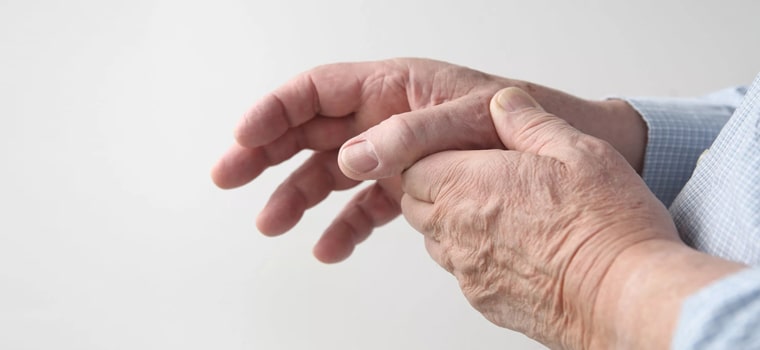
Dupuytren’s Contracture
3min ReadDupuytren’s contracture is a type of illness that occurs in the nymph or fascia- a kind of fibrous tissue that lies beneath the skin in the palms and fingers. In patients with Dupuytren’s contracture, the fascia gradually thicken and tightens over time making the fingers to pull inward, toward the palms. In some patients, severe Dupuytren’s contracture can interfere with hand function, making it difficult for the person to do his daily activities. In such cases, there are a number of surgical and nonsurgical options which help to slow the progression of the disease, while improving the hand function.
Duration of Recovery
Since there are several ways to treat Dupuytren’s contracture, the duration of treatment varies accordingly. For example, if you decide to have a surgery, given that incisions are in place, the duration of recovery may last up to 2 weeks, but if you decide to use needling technique, then you will probably be allowed to leave the hospital or office after the surgery.
Related Para clinics
Your doctor will talk to you about your overall health, medical history, and your symptoms. Since the disease may also be hereditary, the doctor may ask you questions about other members of your family with a similar disease. The doctor will then carefully examine your hands and fingers and performs various tests and measurements on them.
Precautions before, during and after the Surgery
It should be noted that there is no promising cure for Dupuytren’s contracture, however, the current therapies can help in slow the progression of the disease while returning the hand to its normal state. Dupuytren’s contracture it’s not a dangerous disease. There has been recent development in treatment of Dupuytren’s contracture including steroid injections, enzyme injections, needle Aponeurotomy and surgery.
Since the current primarily therapies for Dupuytren’s contracture are commonly referred to as outpatient treatment, here we deal with the last option, surgery.
Before the Surgery
You are needed to avoid eating and drinking a few hours before the surgery. Consider consulting with your doctor on this issue. You should discuss all your medications and supplements with your doctor, as it may be necessary to avoid taking them such as aspirin.
The Surgical Procedure
There are two types of surgeries performed for Dupuytren’s contracture which are called Fasciotomy.
- In the first procedure, the surgeon makes an incision in the palm of the hand and divides the thickened cords. Although the cord is not removed from the hand, it can help to improve the motion of the affected fingers.
- In the second case, the surgeon makes an incision on the palm and then tries to remove the most abnormal tissues so that the affected fingers return to their normal position. The initial incision is made in different ways, but normally a “zig-zag incision is made through the creases of the hand. The second type of Fasciotomy is more extensive than the first one and generally entails a longer healing time.
The duration of recovery from Fasciotomy surgery varies with the severity of the disease. More ever, the surgery is performed using a local or general anesthesia. In the first type of Fasciotomy, local anesthesia is used.
After the Surgery
Consider the following precautions after the surgery:
- Raising the hands above the heart and moving your fingers to reduce inflammation
- Performing Physiotherapy
- Using hand splinting
Important Points about the Dupuytren’s contracture surgery
Possible risks of the surgery include:
- Infection
- Damage to nerves and / or blood vessels
- Scarring
- Temporarily losing the sense
- Losing a finger
The Fasciotomy is prescribed for:
- Dupuytren’s contracture
- Compartment syndrome
Duration of hospital confinement
In case there is no particular problem you are allowed to leave the hospital in 3 days after the surgery.Turkey




Reviews
Number of pending reviews174